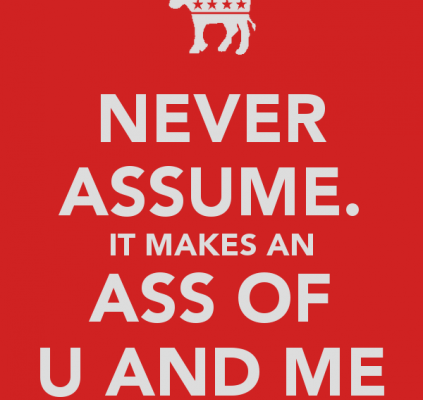
Deep down inside most of us, we harbour desires and ambitions of being unique, innovative; a trend setter. We should not abandon these personal attributes. This is what drives progress – being able to see something that others don’t, being the first with a new service or product, creating new processes that capitalise on efficiency, or improving existing processes for greater capitalisations.
This is all admirable and should be encouraged at every level – family, partners (business or otherwise), staff – everyone you interact with.
But innovation brings risk. Everything that we do is consciously or subconsciously entered into our own risk matrix. The complexity of your risk matrix dictates, to a certain extent, the number of influencing factors, the number of variables, the amount of best guess that needs to occur.
The fact of the matter is that the majority of businesses follow trends. There is a reason why there is only one Apple Corporation, but there are thousands of manufacturers that create iphone similar products. The courts are bloated with copyright and patent infringement cases.
Sometimes it is difficult to position yourself away from the homogenised nature of an industry. T-bone steaks are largely the same regardless if you purchase them from a supermarket, your local butcher shop, or from the farm gate. The difference in the product comes down to affordability, convenience, quality, and marketing.
For the meat industry, many players look at industry associations to promote current trends. Where previously a butcher shop was full of dead cut up animals (sounds appetising doesn’t it), today there is a bug push to value add to the product. This is the current trend.
Positioning yourself within the current trend bandwidth will determine your relative success. The aim is to position yourself ahead of the bell curve rather than behind it, or not on it at all.
What retailers should be aiming for is a mix of innovation, trend setting, and trend participation. There are usually established channels where consumers will be fed trend information. This might be through mainstream media, it might be through social networks, or it may be from peer interactions. As a retailer, the tricky bit will be to position yourself as an organisation that is trend aware and offer corresponding goods and services, whilst also being seen as an innovator that is setting trends. The biggest threats are becoming “Oh so yesterday” or by missing the mark completely on where your industry or your consumers want to go.
Ultimately, much like fashion trends, just wait long enough and it will be fashionable again. Real question here is how long can you wait for it to become fashionable again if you find that you cannot or will not follow the current trends and remain yesterday’s news.






